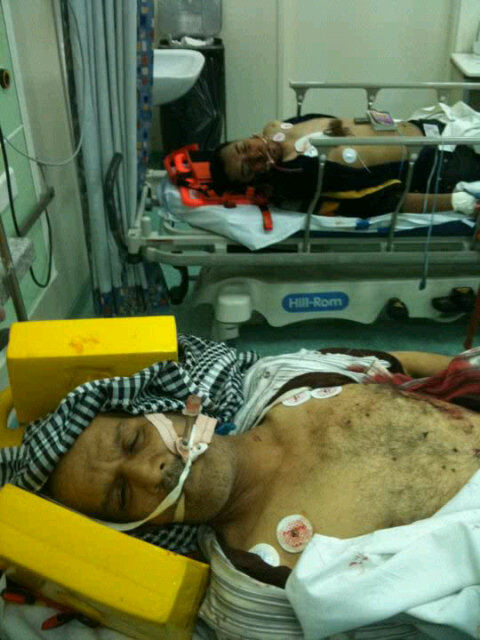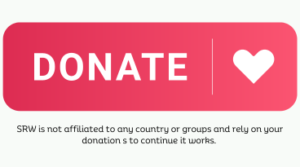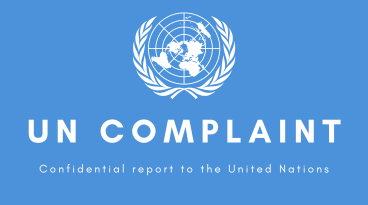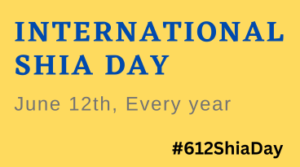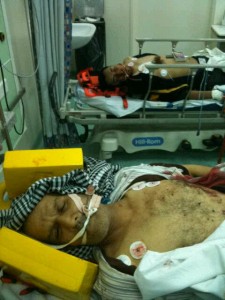 Salmanyah Hospital officials said the three martyred men, with ages 23, 62 and unknown, had been shot at close range with buck shot, a projectile containing hundreds of ball bearings. Hospital officials said more than 100 people had been injured. No official confirmation of the dead or wounded was immediately available.
Salmanyah Hospital officials said the three martyred men, with ages 23, 62 and unknown, had been shot at close range with buck shot, a projectile containing hundreds of ball bearings. Hospital officials said more than 100 people had been injured. No official confirmation of the dead or wounded was immediately available.
Shia Right Watch Press — “The police started hitting everyone from every side,” said a medical professional who declined to be named. “People had only one way to run, which was towards this hospital. There was one girl, she was a paramedic, carrying a baby and they hit her; I saw that.”
Riot police firing tear gas and rubber bullets stormed a public square occupied by antigovernment protests early Thursday in Bahrain, driving out demonstrators and killing at least two people, witnesses and hospital officials said, in a drastic turn in the protests swelling across the Arabian Peninsula and the broader Middle East.
Security forces in Manama, the capital of the tiny island kingdom, sealed off every entrance to Pearl Square, then entered the camp from four directions at about 3 a.m., firing tear gas indiscriminately, trampling tents and ripping banners, witnesses said. After police regained control of the square, they continued to chase protesters through side streets.
At Salmanyah Hospital, hundreds of angry protesters gathered at the emergency wing, forming a cordon through which the injured were wheeled on trolleys and chanting “death to the al-Khalifa,” in reference to the royal family, but the protesters also chanted “peaceful, peaceful” in English, in an apparent sign that they would not respond violently.
Friends and relatives of the injured filed in and out of Salmanyah Hospital’s critical room, many wailing or slumping against the hospital walls. Others showed photos on camera phones they said were taken in the square, with some photos showing tanks, suggesting the military had joined the crackdown. Many other wounded were being taken to Ibn Al-Nafees Hospital, a private hospital a few miles away.
Witnesses said police in Pearl Square first attempted to shoot tear gas at the protest from a turnpike overlooking the west of the square, but wind blew the gas back at them. More forces then attacked from the eastern side, first bombarding the encampment with tear gas, then storming it from all sides, the witnesses said.
“They fired at our medical tent, they hurt our people,” said another medical professional at Salmanyah Hospital, who declined to be named. “They throw us, shoot us, hit us with guns. I have a lot of injuries in our staff.”
A 50-year-old man who identified himself as Hussein, who had stayed in the roundabout since it was first occupied, said between 5,000 and 10,000 protesters were in the square at the time of the attack—though his estimate couldn’t be verified. “Then hundreds of police came,” Hussein said.
“We thought that if we were there they wouldn’t do this. We were wrong,” he said.
As the sun rose, witnesses said Pearl Square was empty and sealed off with barbed wire, and at Salmanyah Hospital, hundreds were still gathered outside. Many were crying, some lying on medical trolleys that couldn’t be squeezed into the emergency room. Some gathered in prayer, chanting repeatedly, “We won’t give up.” Others expressed their anger at authorities and the ruling family.
“They are gangs; they are not government. It’s time to finish,” Essan al-Mubarak said. “We will take our friends to our final resting place, then either we will stay or they will stay. We are fed up. We can’t take this.”
Clashes between demonstrators and security police earlier this week in Manama resulted in three deaths.
The decision by authorities to sweep out the protesters by force was significant because it was the move Egypt’s regime never succeeded in making to regain control. In Cairo, police and gangs associated with the government attacked protesters, but the military ultimately preserved civil order by guarding the protesters’ ability to occupy Tahrir Square. There have been violent putdowns of protests in Iran and elsewhere in recent days, but no government has forcibly swept out an established base of mass demonstrations.
In Bahrain, security forces had used tear gas and rubber bullets at close range to forcibly subdue protesters from the beginning, but had not attacked Pearl Square since demonstrators took up residence there. On Tuesday, though President Barack Obama declined to comment on Bahrain when asked, the State Department asked for both the opposition and the regime to refrain from violence.
The crackdown also came as a surprise after King Hamad bin Isa al-Khalifa had made a rare television appearance on Tuesday promising to investigate the deaths of two protesters said to have been killed by security forces in the melees. But as the protests have grown larger, they also have included more calls for the ruling family’s removal, and the shouts of “Death to the al-Khalifa,” have increasingly been heard.
Fears have also grown within Bahrain and among its Persian Gulf neighbors that the Shiite-majority country would be at risk of widespread sectarian violence if the regime became more unstable. That hasn’t marked the uprisings in Egypt, Tunisia and elsewhere, but Bahrain is governed by a Sunni minority and such tensions have simmered and sometimes boiled over violently before the recent unrest.



